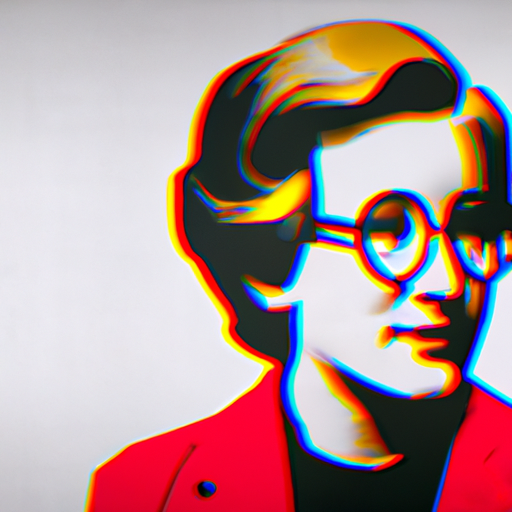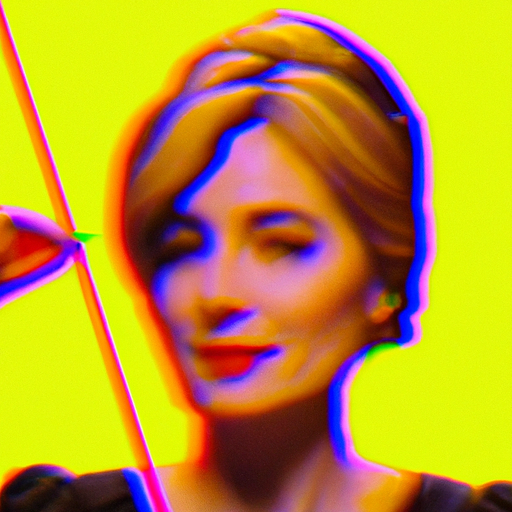
-
Table of Contents
- The Influence of Retro and Vintage Styles in Modern Illustration
- The Allure of Retro and Vintage Styles
- The Influence on Modern Illustration
- Color Palette
- Typography
- Composition and Layout
- Subject Matter
- Case Studies
- Case Study 1: Mary Kate McDevitt
- Case Study 2: Matt Stevens
- The Future of Retro and Vintage Styles in Illustration
- Conclusion
The Influence of Retro and Vintage Styles in Modern Illustration

In the world of art and design, trends come and go, but some styles have a lasting impact that transcends time. One such style is retro and vintage illustration, which has seen a resurgence in popularity in recent years. This article explores the influence of retro and vintage styles in modern illustration, examining how these timeless aesthetics continue to shape and inspire contemporary artists.
The Allure of Retro and Vintage Styles
Retro and vintage styles evoke a sense of nostalgia and charm, transporting viewers back to a bygone era. These styles often draw inspiration from the mid-20th century, with bold colors, geometric shapes, and playful typography. The appeal of retro and vintage illustration lies in its ability to capture the essence of a particular time period while still feeling relevant and fresh.
One reason for the enduring popularity of retro and vintage styles is their ability to create a sense of familiarity and comfort. In a fast-paced and ever-changing world, people often seek solace in the past, finding reassurance in the familiar aesthetics of yesteryears. Retro and vintage illustration provides a visual escape, offering a glimpse into a simpler and more nostalgic time.
The Influence on Modern Illustration
Retro and vintage styles have had a profound impact on modern illustration, shaping the way artists approach their work and influencing the visual language of contemporary design. Here are some key ways in which retro and vintage styles have influenced modern illustration:
Color Palette
The color palette used in retro and vintage illustration is often characterized by bold and vibrant hues. Artists draw inspiration from the color schemes popularized in the mid-20th century, such as the bright pastels of the 1950s or the earthy tones of the 1970s. These color choices add a sense of energy and playfulness to modern illustrations, creating a visually striking and memorable experience for the viewer.
Typography
Typography plays a crucial role in retro and vintage illustration, with artists often incorporating unique and stylized fonts into their work. From the elegant scripts of the Art Nouveau era to the bold and geometric typefaces of the Bauhaus movement, typography in retro and vintage styles adds personality and character to modern illustrations. By combining different typefaces and experimenting with letterforms, artists can create visually engaging compositions that capture the essence of a particular era.
Composition and Layout
Retro and vintage illustration often features dynamic compositions and unconventional layouts. Artists experiment with asymmetry, overlapping elements, and unexpected perspectives to create visually interesting and engaging illustrations. These compositional techniques have influenced modern illustration, encouraging artists to think outside the box and push the boundaries of traditional design. By breaking free from rigid structures, artists can create illustrations that feel fresh and contemporary while still paying homage to retro and vintage aesthetics.
Subject Matter
The subject matter of retro and vintage illustration is diverse and varied, ranging from everyday scenes to fantastical landscapes. Common themes include fashion, travel, food, and nature. Modern illustrators often draw inspiration from these subjects, incorporating them into their own work while adding a contemporary twist. By referencing retro and vintage imagery, artists can tap into a collective visual memory and create illustrations that resonate with a wide audience.
Case Studies
Several contemporary illustrators have successfully incorporated retro and vintage styles into their work, creating visually stunning and evocative illustrations. Let’s explore a few case studies:
Case Study 1: Mary Kate McDevitt
Mary Kate McDevitt is an illustrator known for her hand-lettering and retro-inspired illustrations. Her work often features bold colors, playful typography, and whimsical characters. McDevitt’s illustrations evoke a sense of nostalgia while still feeling contemporary and fresh. By combining retro aesthetics with her unique style, she has created a distinct visual language that resonates with a wide audience.
Case Study 2: Matt Stevens
Matt Stevens is an illustrator and designer who specializes in retro-inspired artwork. His illustrations often feature geometric shapes, vibrant colors, and a sense of nostalgia. Stevens’ work has been featured in various publications and has garnered a large following on social media. His ability to capture the essence of retro aesthetics while adding a modern twist has made him a prominent figure in the world of contemporary illustration.
The Future of Retro and Vintage Styles in Illustration
As we look to the future, it is clear that retro and vintage styles will continue to influence and inspire modern illustration. The timeless appeal of these aesthetics ensures their enduring popularity, with artists constantly finding new ways to reinterpret and reimagine retro and vintage imagery.
With advancements in technology and the rise of digital illustration, artists now have more tools at their disposal to create stunning retro and vintage-inspired artwork. From digital brushes that mimic traditional mediums to software that emulates the look of aged paper, artists can seamlessly blend the old with the new, creating illustrations that feel both nostalgic and contemporary.
Conclusion
Retro and vintage styles have left an indelible mark on modern illustration. Their timeless appeal and ability to evoke nostalgia continue to captivate audiences and inspire contemporary artists. From the color palette to typography, composition, and subject matter, retro and vintage styles have shaped the visual language of modern illustration.
Through case studies, we have seen how illustrators like Mary Kate McDevitt and Matt Stevens have successfully incorporated retro and vintage aesthetics into their work, creating illustrations that resonate with a wide audience. As we look to the future, it is clear that retro and vintage styles will remain influential, with artists constantly finding new ways to reinterpret and reimagine these timeless aesthetics.
Whether it’s a playful illustration reminiscent of the 1950s or a bold typographic composition inspired by the Art Deco era, retro and vintage styles continue to bring a sense of charm and nostalgia to modern illustration. By embracing these aesthetics, artists can create visually striking and evocative illustrations that stand the test of time.
